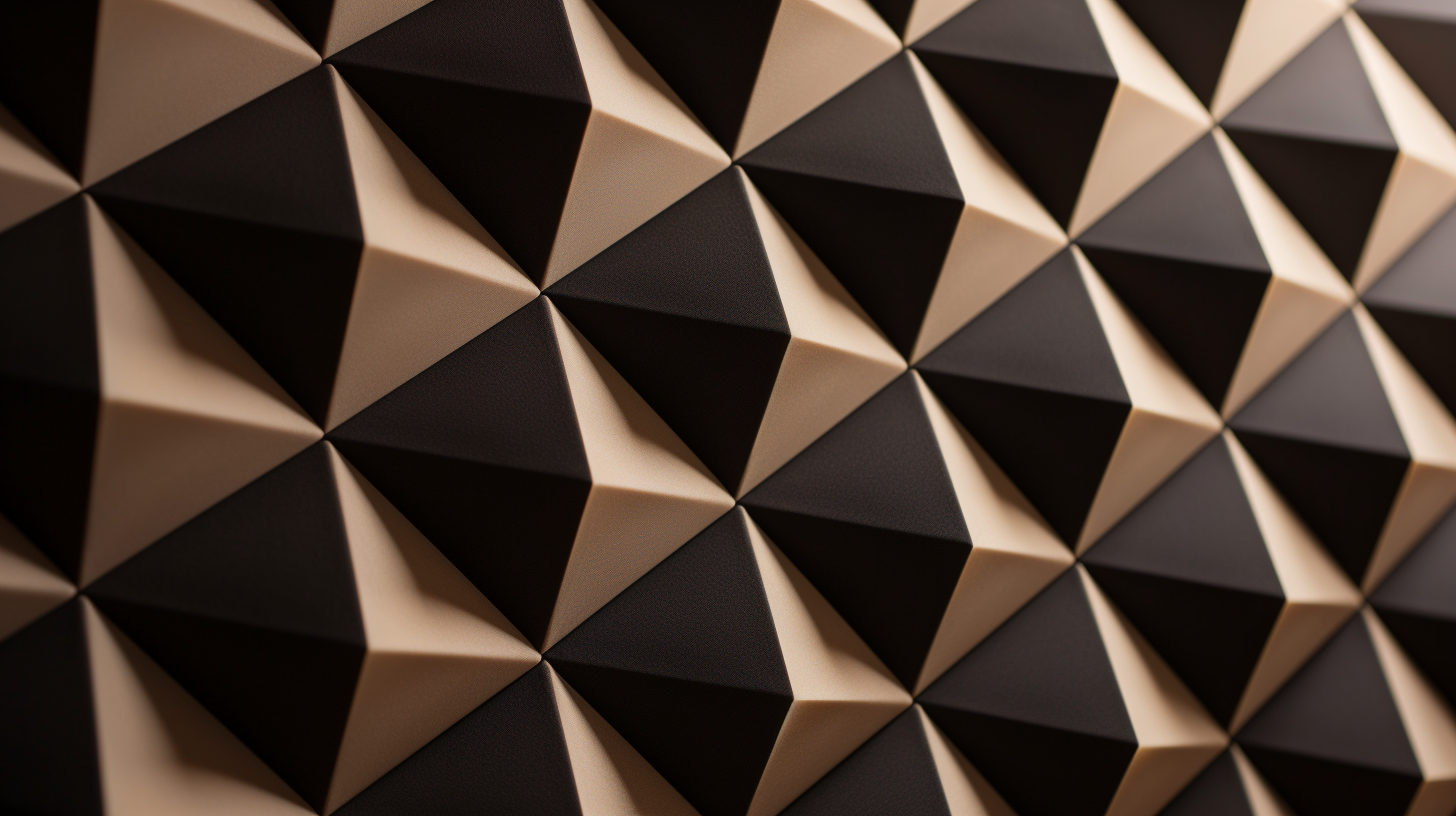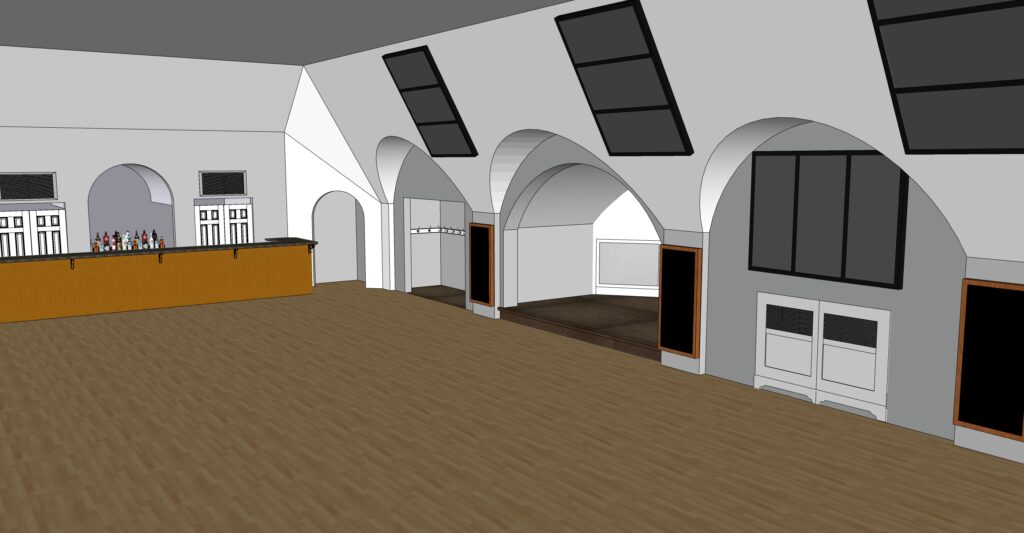
Table of Contents
Misconceptions About Sound Deadening Material
Sound deadening material is a misnomer. The real search term should be sound absorption technology or material. Sound deadening material does not describe the processes involved or the end result that occurs. Using the search term sound deadening material implies that there is a group of materials that are sound deadening materials. The search term sound deadening materials does not elaborate on what the particular noise issue is. Not all sound deadening materials are created equal.
Noise has particular treatment requirements that must be addressed. Anytime you are dealing with a noise issue, you must measure the frequency and amplitude of the noise issue. Any treatment type whether you search for sound deadening material or sound absorption material, you must know the frequency and amplitude of the noise you are dealing with. Every noise issue has a particular requirement when it comes to treatment requirements.
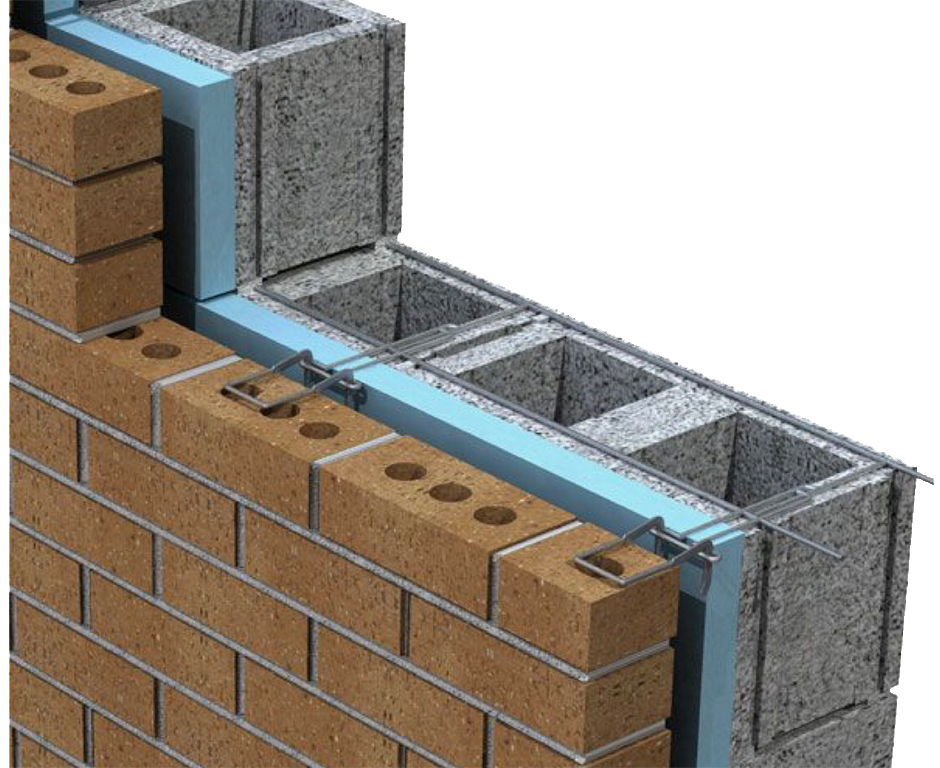
The Importance of Frequency and Amplitude in Sound Treatment
Whether searching for sound deadening material or sound absorption materials, you must know the frequency and amplitude of the problems you are facing. You must measure the frequency and amplitude of your noise issues. Frequency is where the noise falls on our human hearing schedule. Our human hearing ranges from 20 hz. – 20,000 hz. Your noise issue will be somewhere within that frequency range. Frequency is expressed in hertz. Amplitude refers to the strength of the energy at that frequency. There are three main frequency groups of concern.
We have low, middle, and high frequencies. When you think of low frequencies think about a garbage truck that drives down the street setting off car alarms. Low frequencies are long in wavelength and powerful. They are the most difficult to absorb or build a barrier against. You must first and foremost measure the noise to determine the frequency and amplitude or strength of that noise in order to use any type of sound deadening or sound absorption type.
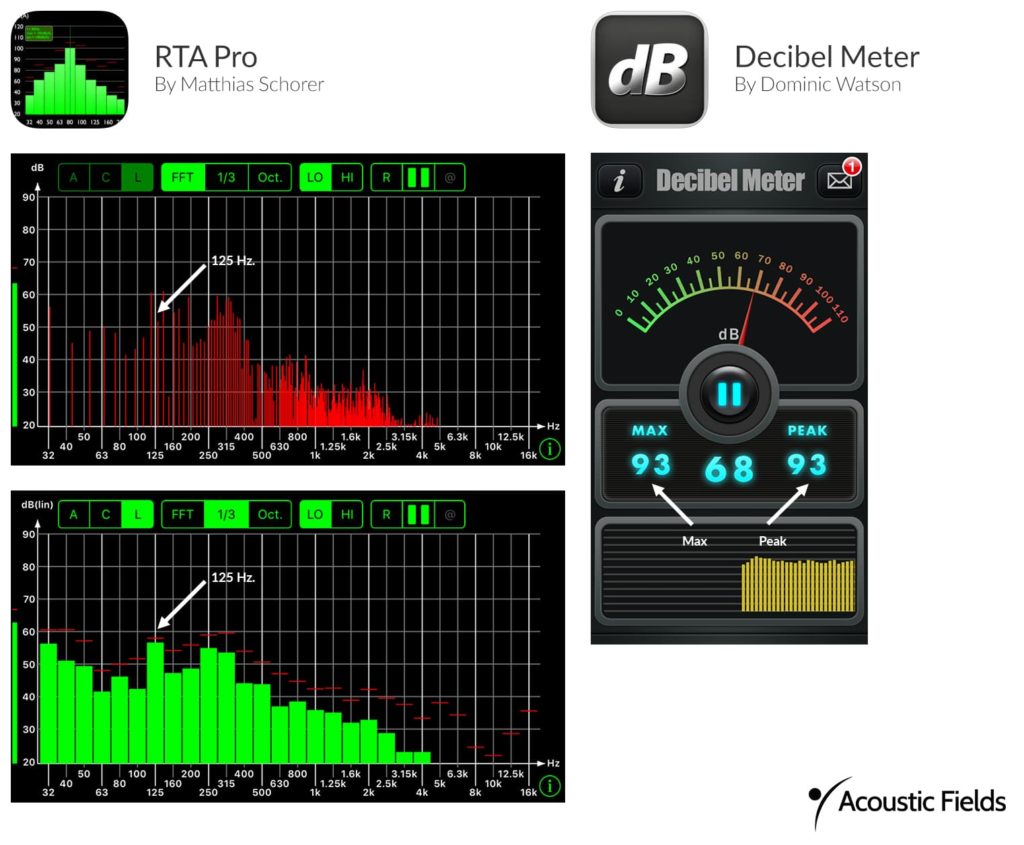
Acoustic Fields: A Comprehensive Noise Measurement Approach
At Acoustic Fields, we have a noise measurement process where you use your phone to take noise measurements. We send you the measurement apps and you download them on your phone. You follow our instructional video on the measurement process and take the noise measurements twice a day over a one week time period. We need a full week of noise numbers so we can see what days the noise is the loudest and what frequency the noise is at.
Your measurements are recorded on our on line data sheet sent to us for analysis. There is a big difference between noise issues that fall below 125 hz. and those that are above 125 hz. for both treatment inside the room along with noise transmission from outside sources. In any noise design, we need to have a complete picture of what the noise issues are in order to prescribe the proper treatment types, amounts, and positions of said treatment.
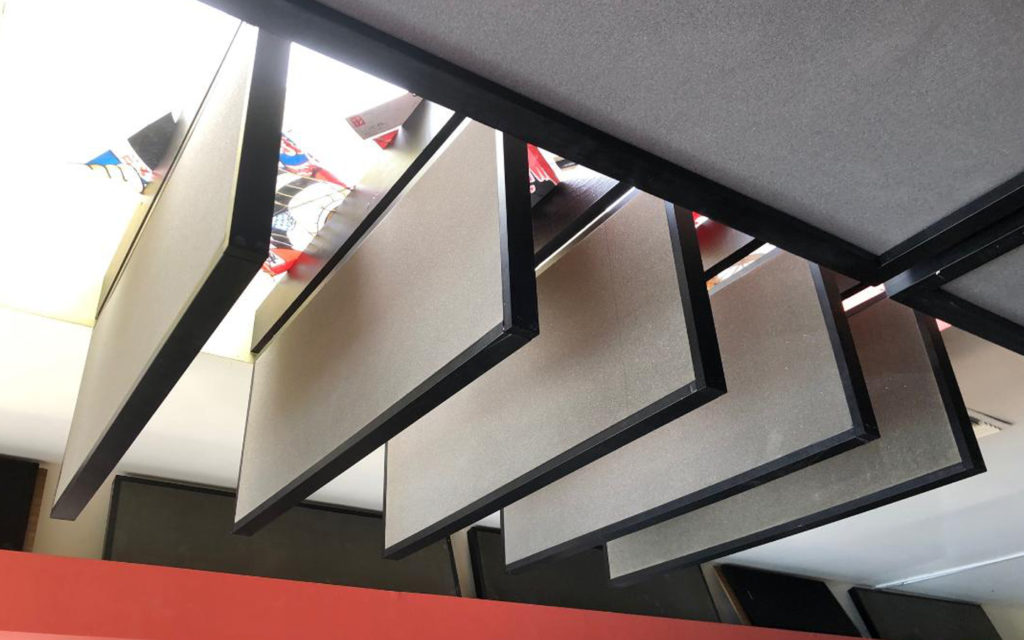
Differentiating Between Internal and External Noise Sources
Noise has two characteristics. We have noise that is generated from sources within the room and can leave the room. We have outside noise sources that generate noise that will enter our rooms and interfere with the intended usage of the room. Both types of noise require different treatment types. Noise that enters the room from outside sources is treated by using barrier technology.
A barrier or structure is built to keep the noise from entering the room disturbing the room usage or the flip side of that noise leaving the room bothering others outside the room. With any sound or noise issue we must quantify and qualify all noise. Since the treatment types for any noise transmission issue or sound absorption issue selected depend entirely on the frequency and amplitude of the noise, we must define the frequency and amplitude of all noise.
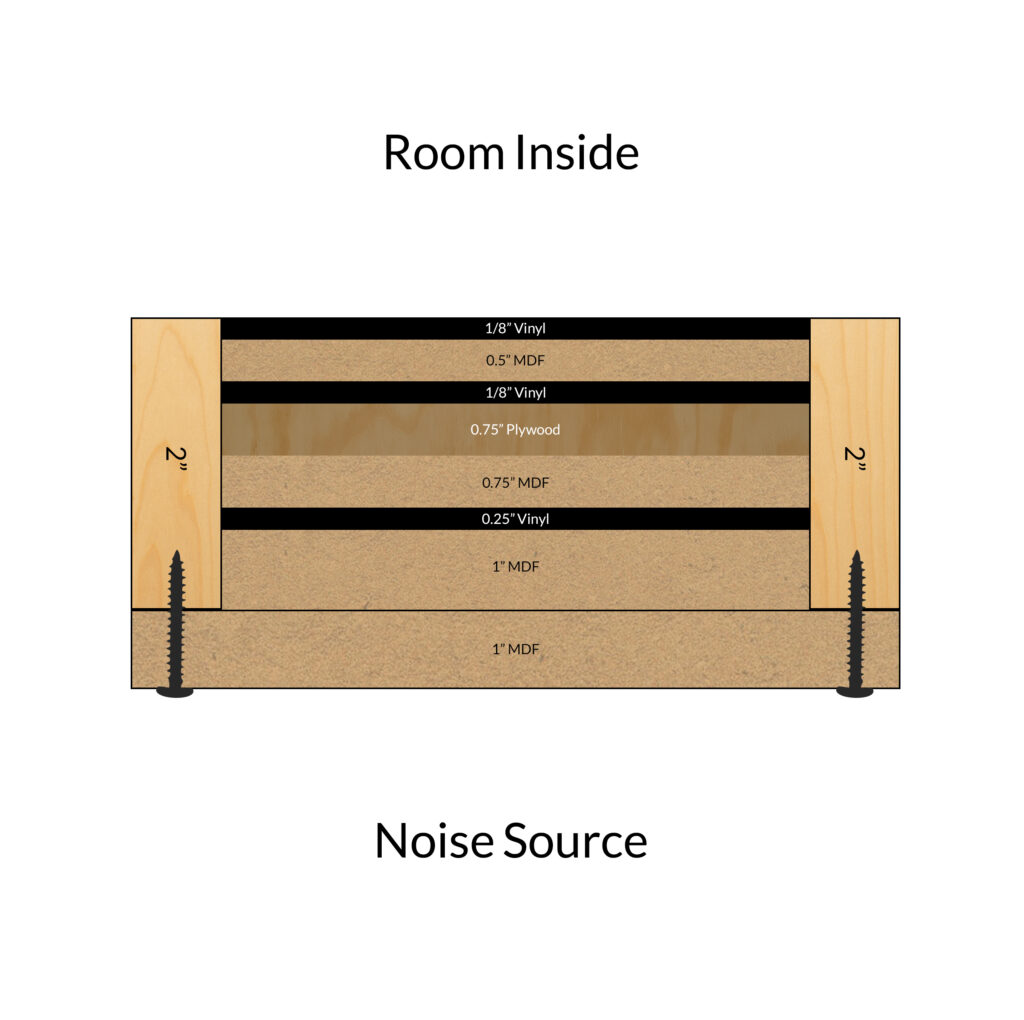
Noise: The Unseen Enemy and Its Characteristics
Noise is our enemy. It comes at certain frequencies and amplitudes of strength. We must measure the noise so we know what treatment type to use since all treatment types are frequency and amplitude dependent. You would not use foam to deal with a low frequency sound absorption issue. You would not use foam to stop noise from entering your room.
Most foams work on frequencies above 125 hz. You would not build a wall made of 2″ x 4″ construction to stop the noise transmission from a garbage truck in the alley behind your house. This is why it is so critical to measure noise. With noise, you do not want to spend one dollar more than you have to to treat. With a barrier design, you are building a permanent construction solution. You will not receive any more value for a quiet room.


